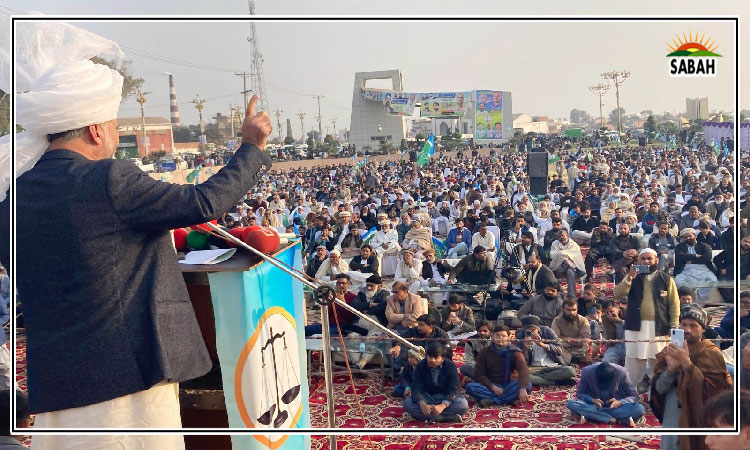Time to heal the wounds with Dhaka, and beyond… Ishtiaq Ali Mehkri
The month of December reminds me of Fall of Dhaka in 1971, and the iconic poetry of Naseer Turabi, who in an instant heart-wrenching aura penned a poem reflecting the remorse of dismemberment of East Pakistan in all humility. To this day, the ghazal (ode) he wrote reverberates as a grim reminder of our fallacies in the national milieu, and the trust that the poet had in the truncated section of our erstwhile nationhood.
The legendary poet was felicitous as he wrote: “Woh humsafar thaa magar us sey humnawai na thi Kay dhoop chaaon ka aalam raha, judaai na thi ” (He was my companion, but with him I didn’t have like-mindedness; Like the clouds and sunlight, together but as apart as can be ).
Turabi went on to state the obvious with a big heart: “Adaavatein theen, taghaaful thaa, ranjishein theen magar; Bicharne walay mein sab kuch thaa, be-wafaai na thi ” (There were feelings of animosity, indifference and anguish (between us) but; my departed lover had everything (but) hadn’t had unfaithfulness ).
Five decades down the line as Bangladesh and Pakistan look back at the trauma, it pains and has nothing to account for but regrets. It is, however, some great consolation that Dhaka is willing to bury the hatchet, and wants to normalise relations with Islamabad. The desire on the part of Dr Muhammad Yunus, the interim leader, to “move on from 1971” is statesmanship.
The plausible interactions are many. The first that needs to be done is to reorient the academia and intelligentsia, and let them brief and debrief over the checkered history in all openness. Trade, commerce and communication avenues are aplenty for a joint populace of around half a billion, with a collective GDP of more than $750 billion.
Apart from buoying trade, both the countries must work together for reviving the moribund eight-nation SAARC, which was conceptualised by Dhaka as a viable organic regional organisation in 1985. Bangladesh can prevail over India to give in its resistance to the regional bloc and help rewrite a new chapter of homogeneity on the pattern of ASEAN. As India sits fingers-crossed with the fall of its ally-dispensation in Dhaka, there can be a quid pro quo for regional amalgamation making it a win-win situation in bilateralism.
The opening up of our quondam eastern flank can unfurl lessons in pluralism, institutional building and respect for political mandate that Bengalis had cherished. Pakistan, unfortunately groped in parochialism these days, can learn a lot and work inwardly for strengthening national unity. With origins of our freedom movement and its founding fathers from Bengal, there is a lot of intellectualism that needs to be revisited, and made part of our national life.
To pick a thread from Faiz Ahmed Faiz, “Kab nazar mein aaye gi be-daagh sabzay ki bahaar; Khoon ke dhabbay dhuleinge kitni barsaaton ke baad…” (When will we see the unsullied green of spring? After how many monsoons will the stains of blood be washed?), it’s time to take a leap forward and connect the dots with Dhaka. An apology from Pakistan – which has expressed regrets over the debacle though – is direly needed for a fresh start.
This also comes as an opportunity to touch-base on the Bihari legion and make an earnest effort to embrace them and heal the wounds of history. Indeed, this reconnecting desires some soul-searching as more than 300,000 Biharis are stranded in Bangladesh – poor souls who stood for Pakistan and paid a price in blood and misery.
If Dhaka can embrace Rohingya Muslims, what prevents Islamabad from bringing back Biharis and undoing their statelessness? Looking beyond the bitterness of 1971 demands an open head and heart, and a comprehensive leap forward is indispensable.
COURTESY ![]()












